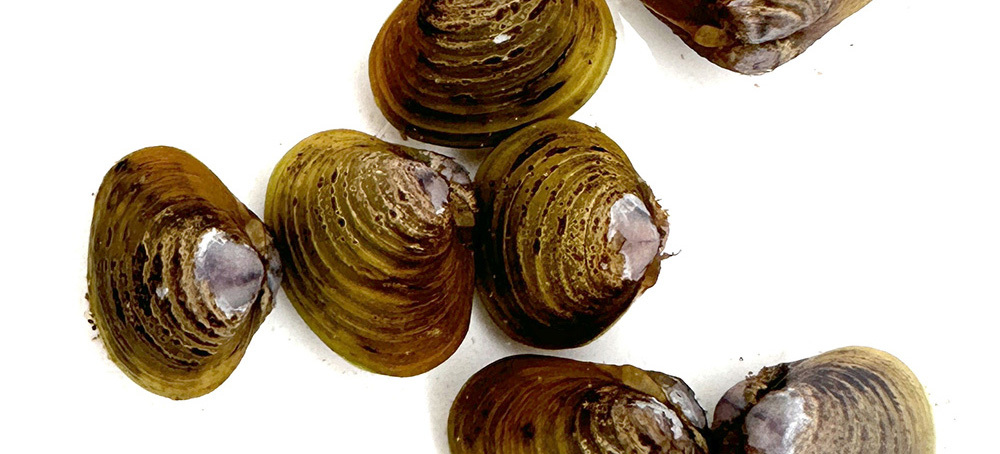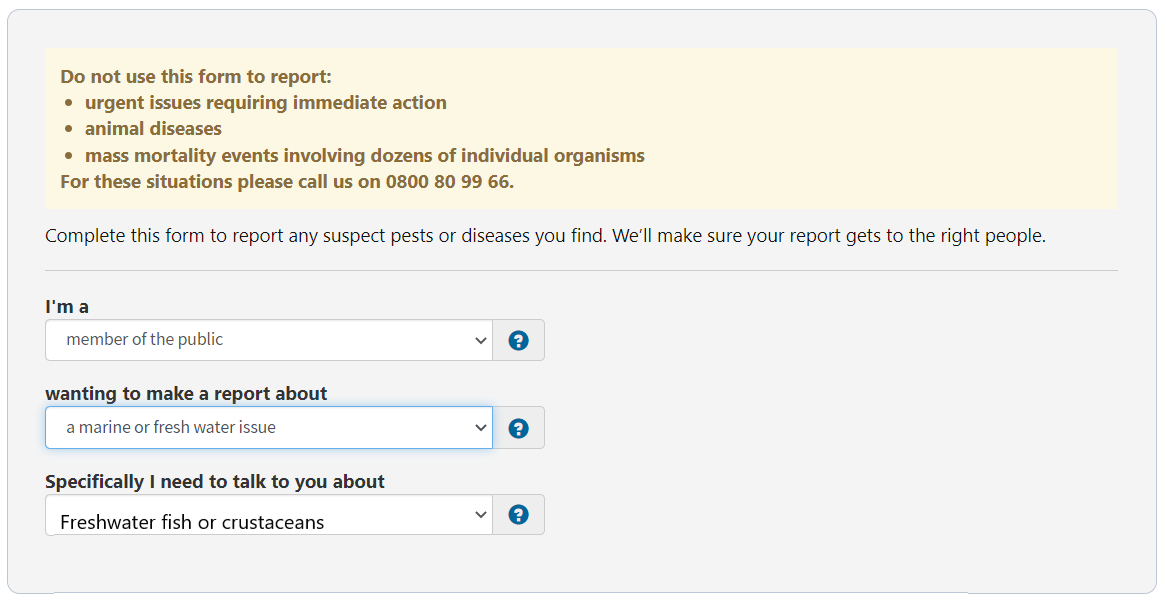Risk to NZ from the freshwater gold clam - keep an eye out
Ministry of Primary Industries
07 June 2023, 6:58 PM
 Freshwater gold clams on a sieve, showing gold colour. Photo NIWA
Freshwater gold clams on a sieve, showing gold colour. Photo NIWAA message from MPI
Freshwater gold clam (Corbicula fluminea)
This freshwater mollusc (also known as Asian gold clam) was discovered along a stretch of the Waikato River in May 2023.
Biosecurity New Zealand is working with iwi and other partners to decide future actions. Find out about the clam and how you can help us.
Risk to NZ from the freshwater gold clam
The freshwater gold clam is native to eastern Asia and is widely established in North and South America and Europe.
These clams reproduce rapidly and form large populations that can clog water-based infrastructure such as electric generation plants, irrigation systems, and water treatment plants. They are filter feeders that can potentially compete with native species for food. We do not yet know how this species will respond in New Zealand conditions.
Overseas, this clam has proved difficult to control and eradication has never been achieved.
🏄🏼♂️ Want to learn how to surf from the experts? Aotearoa Surf School at Mangawhai / Te Arai teach all ages, check out their website for classes and options 🏄🏼♀️
Where the clams were found
The first detection was made by ecologists at Bob's Landing near Lake Karāpiro. Clams have subsequently been found in surveyed areas along about 50km of the Waikato River from 1.5km upstream of Bob's Landing down to Hamilton.
It is not known how the molluscs arrived in New Zealand and this will be part of ongoing investigations.
What we're doing about the discovery of the clams
Biosecurity New Zealand is trying to determine how far the clams have spread and explore potential future actions.
We're working with mana whenua, Waikato River Authority, Waikato Regional Council, Department of Conservation, Land Information New Zealand, and other organisations.
Initial work will involve surveillance, including the use of targeted environmental DNA (eDNA) to understand how widely the freshwater gold clam is distributed in the river, and potentially, in other water bodies. This information will help us decide what actions to take.
How to identify freshwater gold clams
This clam is found in freshwater or in brackish water. It's able to survive a wide range of temperatures and salinities. They can be found within the water, sitting on top of sandy or muddy surfaces, or buried shallowly within them. You may see their shells partly exposed, or their syphons (their breathing tubes) sticking out from the sediment. They can also be found amongst debris, such as leaves, that may have settled on the riverbed. At Bob's Landing, juvenile shellfish and larvae have been found attached to rocks.
Freshwater gold clams are prolific breeders, able to produce 400 juveniles a day and up to 70,000 juveniles a year.
The adult clams are 2cm to 3cm in length and are typically dirty white, yellow, or tan. They have an obvious ribbed texture on the shell.

Close up freshwater gold clams Photo: NIWA

How you can help us
You can help us build a picture of where this clam is present by reporting suspected sightings to Biosecurity New Zealand.
If you think you've seen the freshwater gold clam:
- note the location
- take a photo if possible.
You can then either:
- freephone Biosecurity New Zealand on 0800 80 99 66, or
- complete the online reporting form at report.mpi.govt.nz
If you are using the online reporting form, you'll need to start by saying you are a member of the public, that you want to make a report about 'a marine or freshwater issue' and then select 'freshwater fish or crustacean' from the dropdown box that will appear. Then you will be taken through some further questions including contact information and asked to load your images.
Example of how to complete the first 3 fields of the online reporting form

The image shows the Biosecurity New Zealand online reporting tool, with the first 3 fields filled in:
(1) "I am a member of the public"
(2) "wanting to make a report about a marine or freshwater issue"
(3) "freshwater fish or crustaceans".
Help stop the spread
If you fish, boat or row in the Waikato River, this situation is a reminder to 'check, clean, dry' to help stop the possible spread of the freshwater gold clam.
CHECK, CLEAN, DRY
Follow these steps before moving to another location at the river, or to another river or lake.
Check
- Remove any visible matter, including any clams you can see, along with plant material or mud. Drain all river water.
Clean
- Do a washdown of your gear and watercraft with tap-water onto grass, beside the waterway or at home and not into a stormwater drain system. This will flush off clam larvae, which can be too small to be seen.
- For gear made of absorbent materials, which will stay wet longer, apply a cleaning treatment
Dry
- Allow gear to dry to touch, inside and out, then leave it to dry for at least 5 days.
- Dry areas inside the watercraft where water has pooled, for example with an old towel, and then leave the craft to dry for at least five days. The hull of a watercraft will dry when towed.
For more information visit https://www.mpi.govt.nz/biosecurity/exotic-pests-and-diseases-in-new-zealand/pests-and-diseases-under-response/freshwater-gold-clam/
ATTRACTIONS

